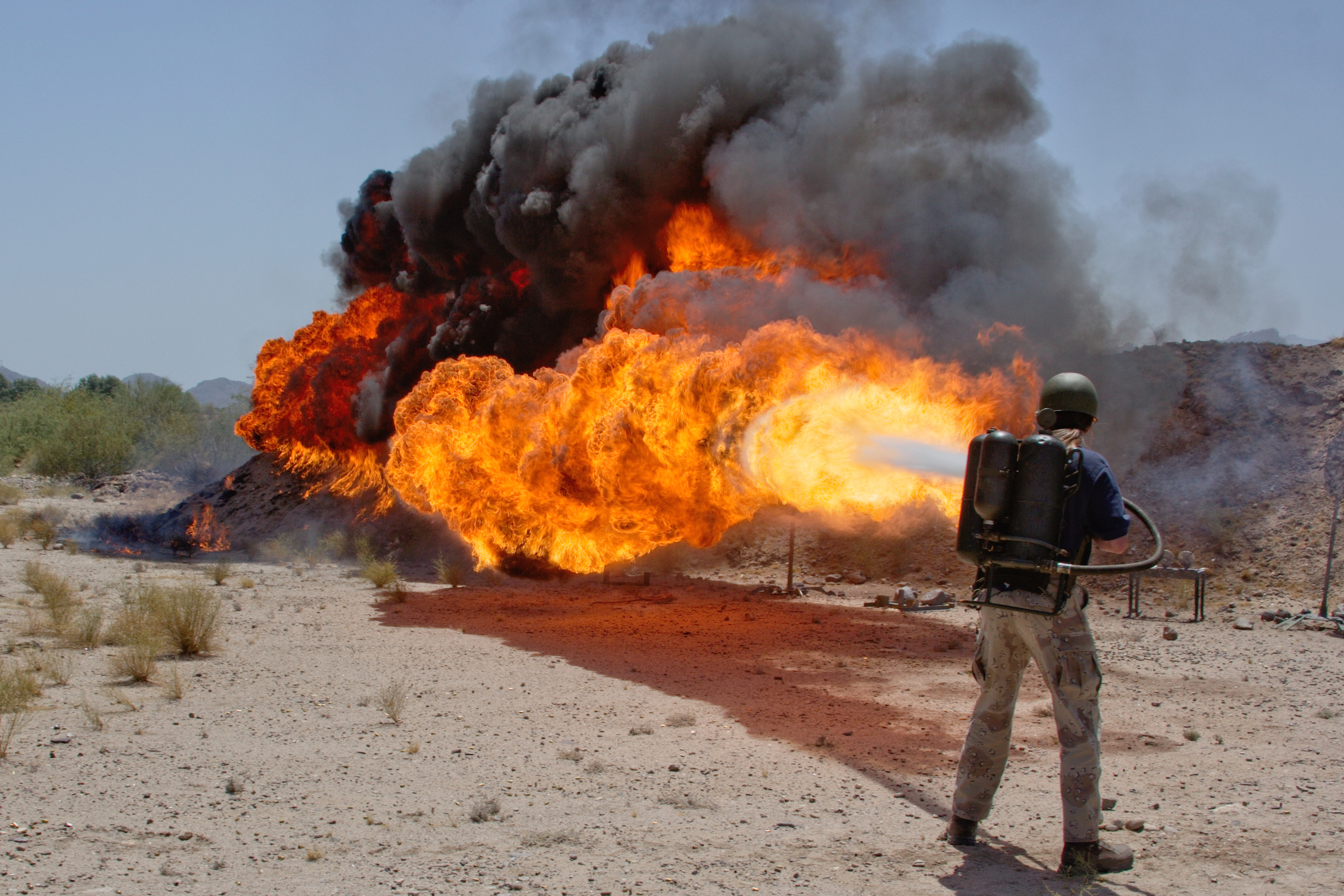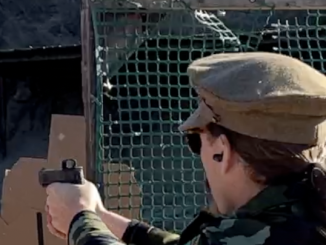John W. Keene was an independent gun designer who developed this rifle (and took out 9 patents on its various features) in the 1870s. He did not have a factory at his disposal to produce the gun, so he went looking for manufacturing partners. The Remington company at that time had been heavily committed to their very successful single-shot Rolling Block rifle, and did not have a bolt action design to submit to the upcoming 1878 US Army rifle trials. This was a natural fit, and Remington bought the rights to make Keene’s rifle.
The Remington-Keene did not manage to win adoption at the 1878 trials (no rifle did, in fact), but it did attract the interest of the US Navy, and Remington also decided to offer it for commercial sale (as was common of repeating rifle designs at the time which had been rejected by the Army). The Navy purchased 250 examples in the early 1880s and issued them to the USS Michigan and USS Trenton. On the commercial side, the rifle remained in production from 1880 until 1888 with about 5,000 being manufactured and sold. It was offered in a variety of barrel lengths and configurations, and in three different calibers (.40-60, .43 Spanish, and .45-70) – although the .45-70 chambering was by far the most popular.
The Bureau of Indian Affairs also purchased between 600 and 800 Remington-Keene carbines, and they were used by Indian Agents and tribal police forces.




The hammer is actually the cocking piece for the striker. It’s little more than a coconut effect or a means of avoiding the “oh no I just shot Alfred in the knee” incidents which happened with the Ward-Burton rifle. The problem with the latter was the lack of a loaded chamber indicator or a ready-to-fire indicator (for people used to muzzle loaders and lever action rifles, the hammer is the only way to tell if one has a loaded chamber ready to kill something). Did I mess up?
Well, “little more” than a cocking indicator is fair enough, and the Ward-Burton is a very salient reference, but there is another benefit of the cocking piece. Not only does it provide a familiar indicator of cocked/safe status, it also offers a simple (and equally familiar) method to make a cocked weapon safe.
Conventional bolt-action rifles (well, from our perspective — of course there wasn’t an established convention in the 1870s!) are a little troublesome to decock; typically you have to partially open the action, then hold the trigger while closing it, requiring two hands. This is exactly why bolt-actions developed safeties. Result: you can make your loaded and cocked gun safe with one hand, by a twist of the safety, instead of by decocking.
The Remington-Keene, on the other hand, didn’t need a safety, because it could be decocked just like every hammer gun of the day, whether muzzle-loader, trapdoor, rolling-block, or lever-action: thumb “hammer”, squeeze trigger, ease “hammer” down to half-cock notch. Not necessarily superior to a bolt-action with a good safety, but not worse either — the complexity added by a pivoting, hammer-shaped cocking piece is really about the same as a Mauser-style safety, and they can both give you a way to make the rifle safe or ready to fire with one hand.
Note that the Ward-Burton did not, as far as I can tell, have a particularly effective safety; my understanding is that the safety operates by locking the bolt handle in a partially-raised position, so I think you still need two hands (or fiddly contortions with one hand) to make it safe. I won’t deny a certain elegance of simplicity in this, but it means it’s both hard to tell if it’s safe (certainly for those accustomed to external hammers — I’m not sure whether the bolt handle is raised high enough to be conspicuous once you got used to it), and also hard to make it safe… no wonder poor Alfred’s limping.
Concerning the U.S.I.D. Interior Department marked Rem-Keenes:
Flayderman and others state that 620 to 800 were made. I think that perhaps only 480 were made. It has been reported that they were supplied in lots of 160, and three lots would be 480.
I come up with this number because I have been keeping track of the U.S.I.D. numbers on the receivers for a few years. I have a database of 48 rifles.
The distribution is fairly even:
U.S.I.D. numbers 0–99: nine rifles
U.S.I.D. numbers 100–199: ten rifles
U.S.I.D. numbers 200–299: eleven rifles
U.S.I.D. numbers 300–399: five rifles
U.S.I.D. numbers 400–480: twelve rifles
I think if more than three lots were supplied, at least a couple over U.S.I.D. number 480 would show up.
I hope readers owning a Remington-Keene will send me there U.S.I.D. serial number to expand my database. The actual hidden factory serial numbers that I do know seem to rise as the U.S.D.I. numbers rises, but not in a straight sequence. It is difficult to see the Remington serial number, but the few that I have do not rise one-to-one with the U.S.I.D. number. I assume Remington just pulled U.S.I.D. guns and civilian guns from the available batches of receivers.
Let me know your U.S.I.D. number and I’ll send you a list of what I have. I’ll eventually publish this info in the Remington Society Journal. MichaelCarrick@mac.com
I have rifle 777
Thank you
Dennis Kavanaugh
I’m in possession of a Remington Keene Carbine with a 20″ barrel. There doesn’t seem to be an numbers on the outside (other than what it’s chambered in 45-70) however 1850 is stamped a couple times on some internal parts.
Hope this helps
Thank you for your comments!
I have #428 frontier carbine excellent bore with a strange looking butt plate
Thank you very much for your note. Does your gun have USID in front of 482, P over WWK on top of receiver, and HN on rear end of barrel on left and nearby on receiver?
I have a note from well-known dealer, Lewis Yearout, that he had seen No. 482 in Montana in 2003.
Mike@MikeCarrick.com
What is the price and pleas send photos
Opps!, I misread your serial number as 482, but upon opening my eyes, I see it is 428. Sorry. I have a record of 429. I hope you can tell me about the other marks on your gun and maybe send a photo of the butt plate.
Mike@MikeCarrick.com
Hello, Walter.
Can you send me a photo of the Hutt-late? Also, other USID marks on the gun.
Mike@MikeCarrick.com
Hi Michael, I’m considering purchasing one of these USID rifles. I’ve read some on them and have found information on the stamping of these rifles. I’m a bit confused though as the rifle I’m looking at has the USID stamp and is the 24 inch barrel and has inspectors markings but it also has WWK P which from what I have read is the mark for the Navy Keene. Did they convert some of the Navy rifles by cutting down the barrels and stamping USID before issueing them to the Indian police? Thanks, Alan
Number 417
What retains cartridges n the magazine when the elevator is raised?
A common reason for left hand thread is to avoid self-unscrewing.
It could have needed because shooting or manipulating the action tended to unscrew a right hand screw.
I had it in my mind that these are made so that they can be changed to cock on closing automatically. Maybe bu removing or adding a particular thing on the bolt. Any truth to that?
As and aside, the USS Michigan Ian mentioned was the only US warship permanently stationed in the Great Lakes. She was commissioned in 1843, renamed USS Wolverine in 1905, and was struck from US Navy roles in 1912, being used by the Pennsylvania Naval Militia until 1927.
Do the math on that one.
Only until 1923 in active service, but that’s still 80 years. A remarkable career for an early wheel steamer. Today she is nearly matched by the Brazilian Navy river monitor Parnaíba, which commissioned in 1938.
She was renamed in 1905 so her name could be applied to the new dreadnought battleship Michigan. Interestingly, her later name, Wolverine, was reapplied after she was paid off to another paddle-wheeler, the training aircraft carrier used on the Great Lakes during WW2.
https://en.wikipedia.org/wiki/USS_Michigan_(1843)
https://en.wikipedia.org/wiki/USS_Wolverine_(IX-64)
cheers
eon
HMS Victory was launched in 1765 : was Admiral Nelson’s flagship at Trafalgar (the battle that allowed the British to conquer an empire without thinking, or spending or trying very hard). She was still active (I think as a flagship) until 1824 (59 years as a Britain’s most powerful ocean going fighting ship).
She then became a harbour ship, then was moved dry dock, and can be visited for a fee now. She was never decommissioned. She was always the flagship of an Admiral of the Fleet up to 2012, and since then she has been the flagship of the First Sea Lord.
As an aside. SpelCzech corrected my attempt at ‘harbour ship’ to ‘harbor fund’.
Granted, that’s a bit better than the pride of the Swedish Royal Navy, Vasa:
https://en.wikipedia.org/wiki/Vasa_(ship)
Perhaps they should have kind of guessed that naming a ship after the ruling dynasty (Vasa) would be bad luck… (Although in reality the design was seriously flawed and they were lucky that she sank so near to the shore.)
“they should have kind of guessed that naming a ship after the ruling dynasty (Vasa) would be bad luck”
I readed that Deutschland cruiser/”pocket battleship” (not to be confused with SMS Deutschland pre-dreadnought) was renamed to Lützow, to avoid possibility of “sinking Germany”
I have a Remington Keene carabine, but can’t see any serialnumbers on it.
Any ideas to where I should look?